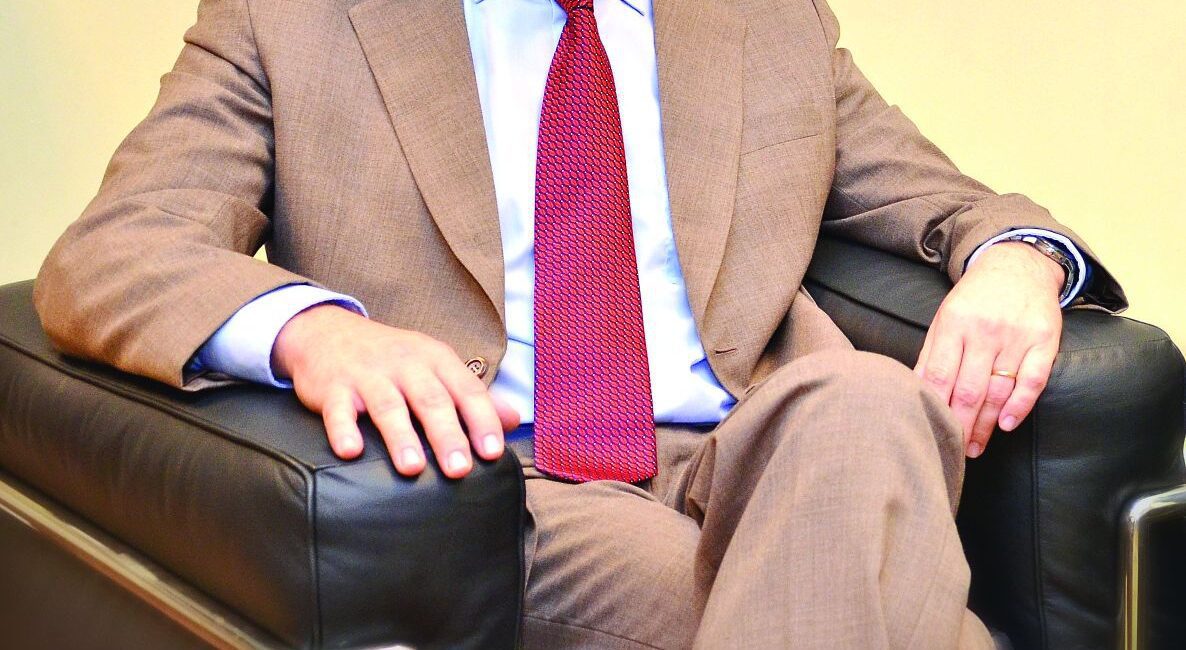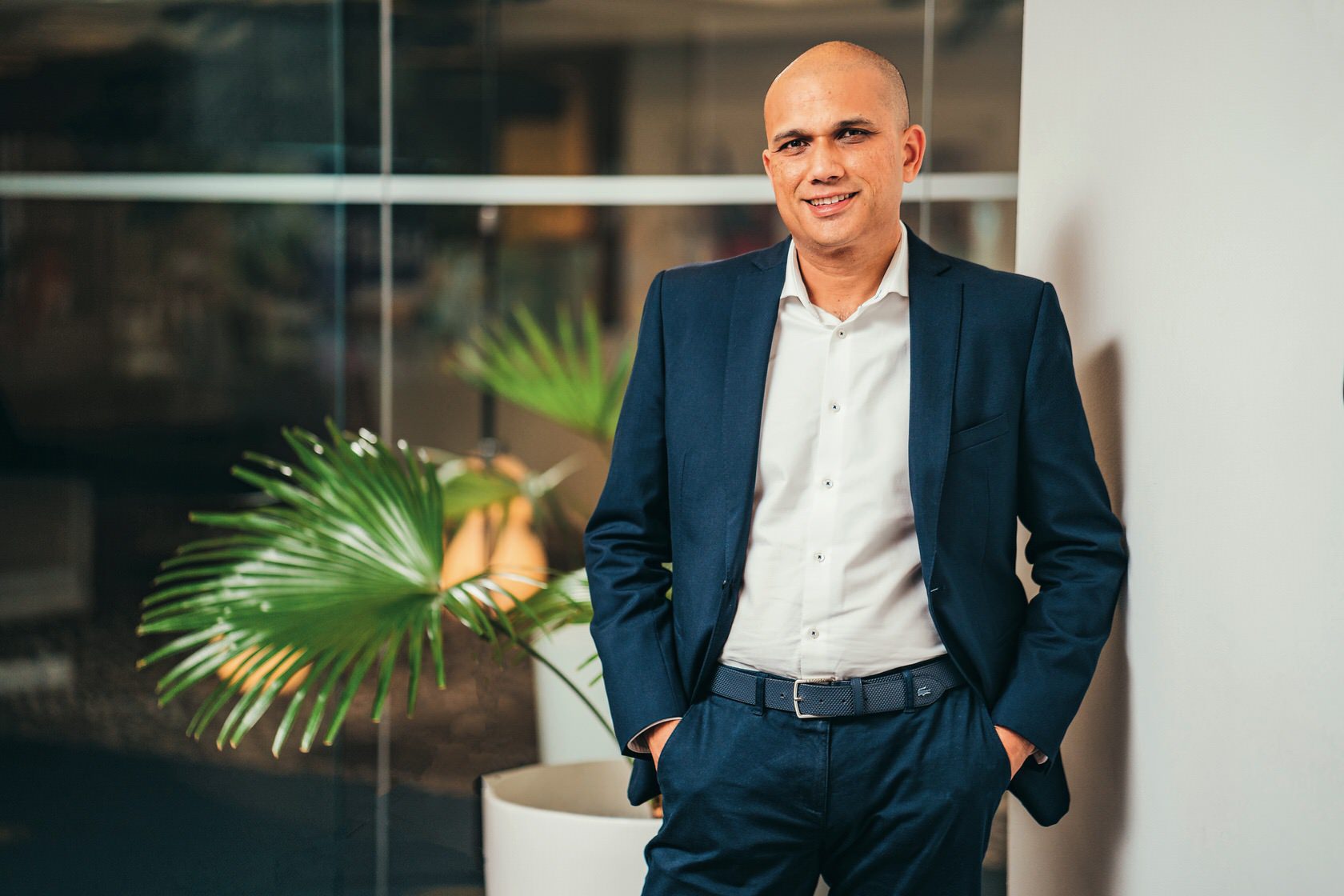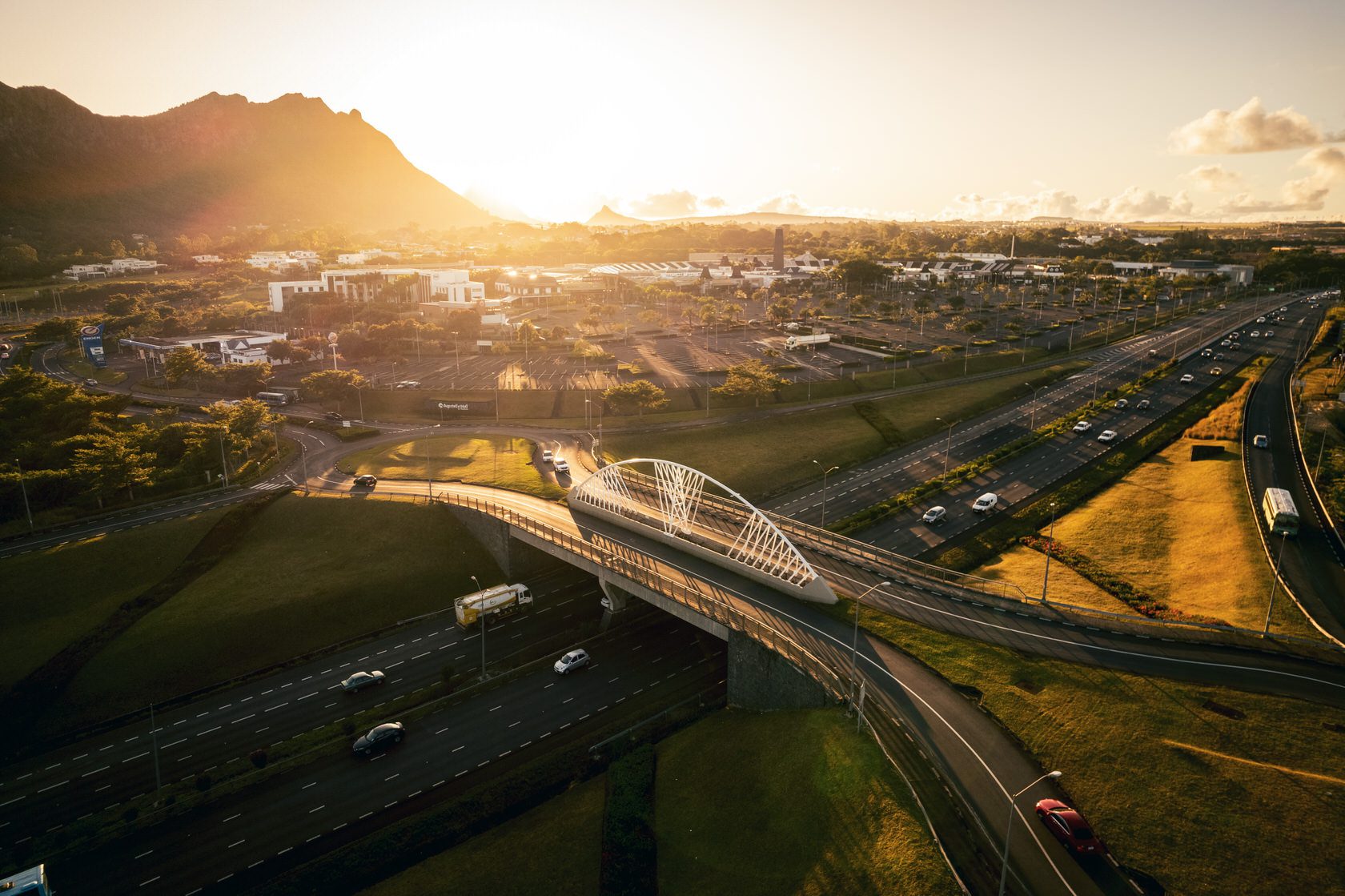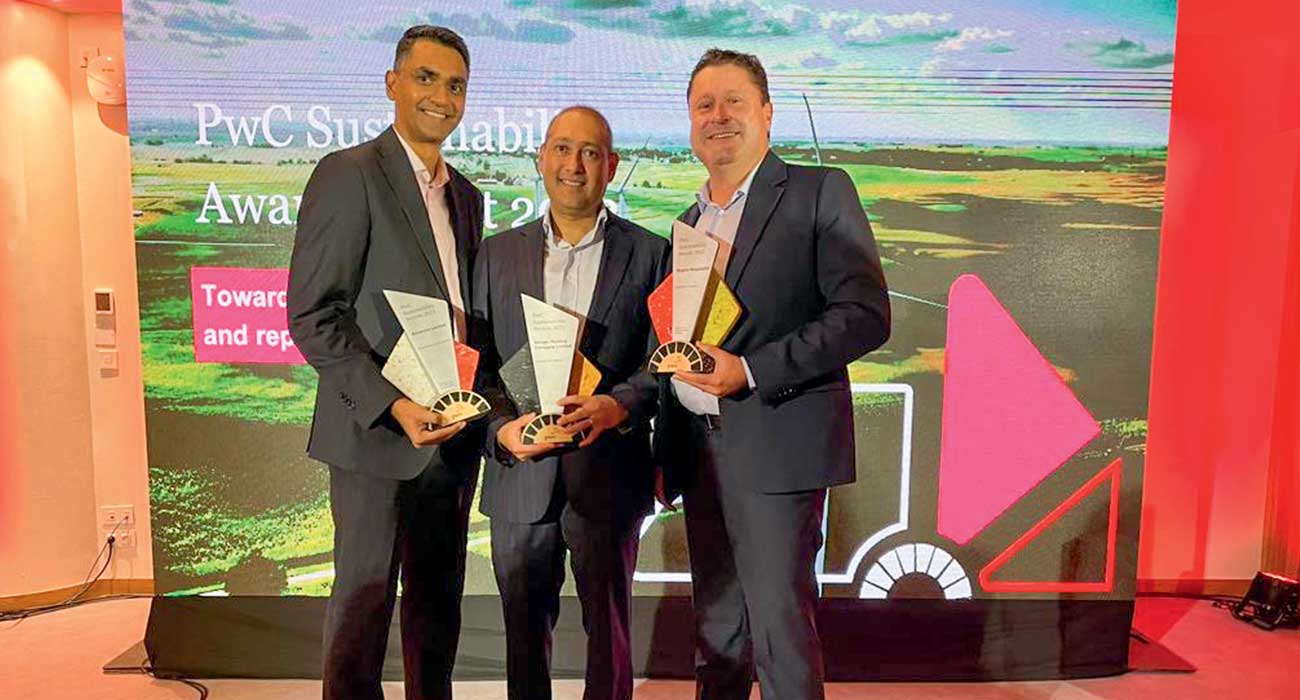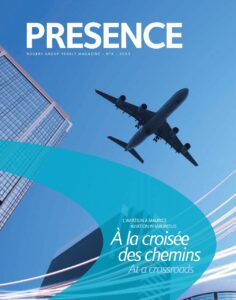The Chief Executive Officer of Airport Terminal Operations Limited (ATOL), Bruno Mazurkiewicz, comments on the value to Mauritius of equipping itself with a new passenger terminal at Sir Seewoosagur Ramgoolam International Airport. ATOL is a private company, 90% owned by Airports of Mauritius Limited (AML) and 10% by Aéroports de Paris Management. It is involved in all aspects of the terminal project, from its development to its operational stage, including its design and construction.
Bruno Mazurkiewicz, CEO – ATOL /// photos : atol
How will the country benefit from a new passenger terminal?
The Mauritian government took the decision to develop a larger and more modern airport, in order to make best use of traffic flow and increase access. It had become essential to have a new and up-to-date passenger terminal, serving as a shop window for the country. As well being a symbol of Mauritius’ recent technological development, it is part of plans to position the airport as a driver of growth. It now provides a suitable backdrop for the country’s future economic development.
What are the main characteristics of the building?
With investment of US$305 million, the venture is essential for the future of traffic flow, with the objective in mind of being able to handle 4.5 million travellers every year. The terminal’s design fits in with local airport culture, whilst at the same time being highly functional. It combines modernity, functionality and high quality services, and fully meets safety and security standards, positioning it as one of the most modern international airports, where all services are able to meet peak-time arrival levels, which are initially set at 1,640 passengers per hour. Its 57,000 m² provide a real boost to facilities and it has been built to limit its environmental impact. Its steel and glass structure is very much in line with the Maurice Ile Durable (Sustainable Island) project, using solar energy captured by photovoltaic panels on the roof canopies, rain-water recuperation, the optimisation of the outer shell and the integration of plant life right into the heart of the building.
When will the new terminal be fully operational?
We have already provided our partners with telescopic passenger ramps suitable for large carriers. Having welcomed our first plane on Monday 11 March, Air Mauritius’ flight MK 053 from London, the first A380 commercial flight landed the next day, Mauritius’ National Day. The entry into service of the terminal has involved having had to respect and successfully master the various aspects of airport functioning, requiring enormous efforts from our teams to ensure that the project succeeds in meeting international standards. In brief that includes testing and commissioning all airport procedures and processes, simultaneous trial operations of the different processes, familiarising all stakeholders with operations and the training of ATOL staff and others. The array of functional and operational tests requires months of preparation. We are now in the final phase, with a possible opening in the second half of 2013.
Have airline requirements been taken into account during the project’s implementation?
The terminal has been designed to conform to the levels of service quality that all airlines require for their passengers. They have all been consulted and have conveyed their expectations, for example on checking-in facilities, the handling of transit passengers and the baggage-handling system. ATOL, of course, needs to not only retain its airlines but also to envisage an eventual increase in its future range of offers and services, aiming to become a first-choice hub able to compete with major airports in the Indian Ocean region and Africa.
What do you see as the benefits from the eventual transformation of SSR International Airport into a hub like Paris-Charles de Gaulle or Dubai?
First of all, we’re not talking about the same scale as Paris-Charles de Gaulle or Dubai. However, we need to appreciate that, over and above the tourism stakes, which are already recognised and very important, the terminal aims to become a transcontinental transit point and open up the country to the industrial and economic opportunities that the future holds. Mauritius lies in a golden triangle at the crossroads between Africa, Asia and Europe. It is to meet these future geopolitical factors that the Mauritian government has chosen to optimise international traffic flow and access through the construction of a larger and more modern terminal in order to create a hub. This has the definite advantage of providing a real communication platform and strengthens the airport’s position as a leader in this part of the world, able to accommodate medium and long-haul flights, especially as it is equipped to handle Airbus A380 aircraft.
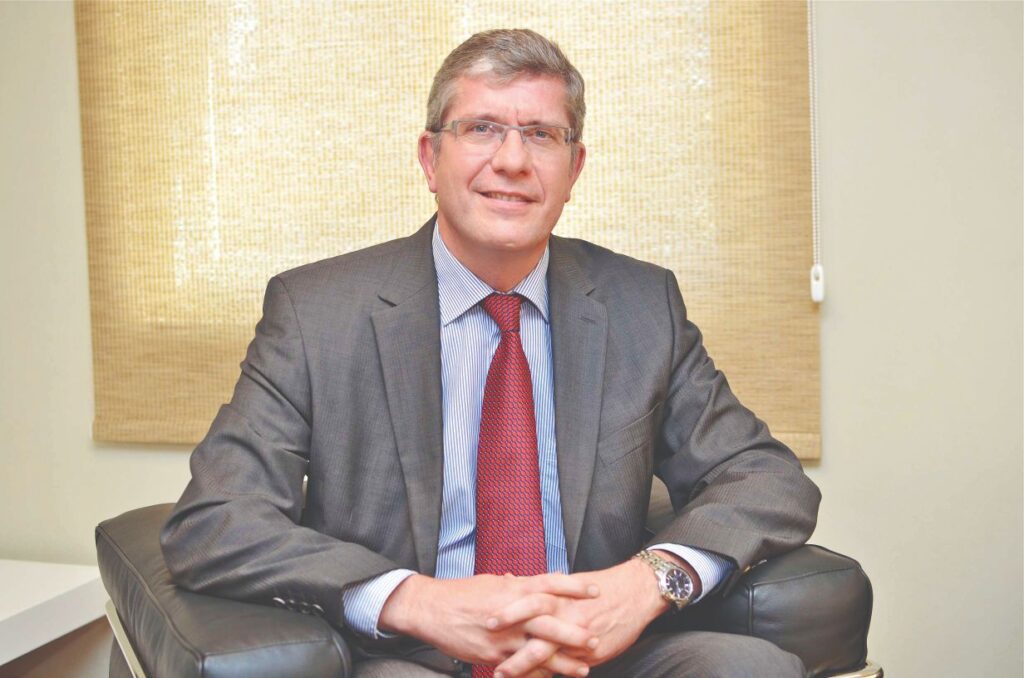
Considerable experience in the airport sector
Bruno Mazurkiewicz has been leading the new passenger terminal project at SSR International Airport since 2008. Prior to that, he was head of the Energy and Logistics Division of the Paris-Charles de Gaulle hub. In his 25 years with the Aéroports de Paris(ADP) group, he acquired considerable experience in construction and maintenance management as well as in airport infrastructure operational management. His first years with ADP were spent in posts commissioning and carrying out terminal construction and aircraft hangar works.

